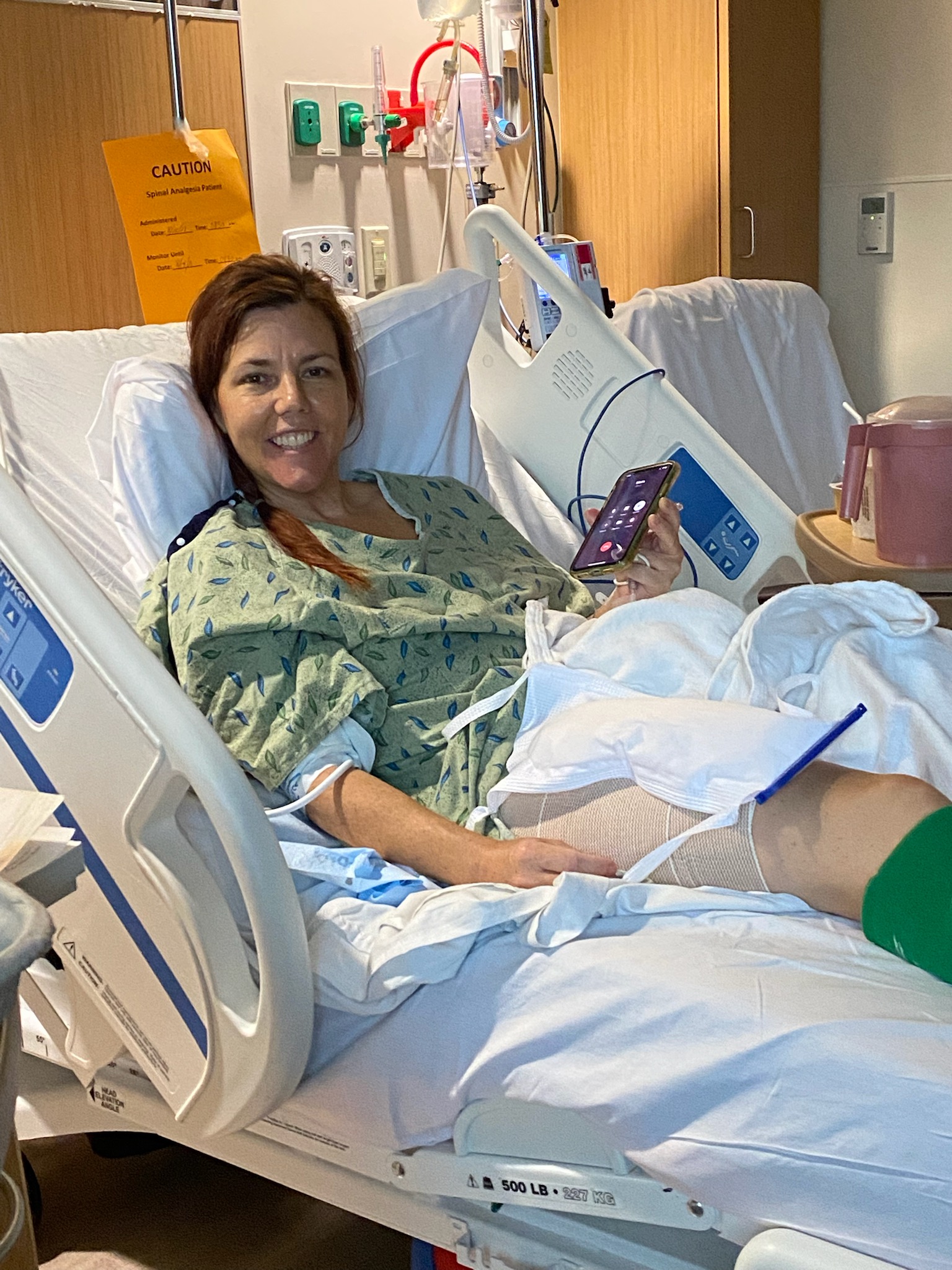What do physical injuries and complex psychological trauma have in common?
I had a chronic injury to my right hip. I can’t remember when it first happened, but I do recall it hurting for weeks or even months. Often, my left knee would also hurt, sometimes even more than my hip. Additionally, the left side of my lower back was always tight, the area under my right shoulder blade would spasm, and I frequently had kinks on the left side of my neck.
Quite the interesting criss-cross pattern.

Compensations of physical trauma
Compensations Around Trauma
Later, I learned that all these issues were my body’s way of compensating for the original hip injury. My knee and lower back tried to protect my hip by taking on extra weight, but they weren’t built for that kind of long-term strain, so they developed problems of their own.
These physical adaptations are similar to what happens with complex trauma. We can have psychological wounds, often without knowing when they started. For instance, we might grow up in a home where the needs of our parents traumatically engulf us. As children, we do our best to meet those needs–even though it is developmentally inappropriate–because we need our caregivers to be okay. We depend on them, so if they’re not okay, we’re not okay.
Just as these psychological wounds shape our mental state and drive our behaviors, physical pains shape our daily lives.
Trauma Shapes Identity
Now, back to my body pains. Over the years, these pains began to shape my identity and dictate what activities I could do. Similarly, psychological wounds from being overwhelmed by others’ needs can shape who we become. We might feel like we have to take charge, almost parenting our parents or siblings, and we might worry that everything will fall apart if we don’t do it right.
As we age and these injuries go unresolved, we might develop avoidant behaviors. Our nervous system decides that avoiding it is the best way to prevent reopening those old wounds. This isn’t a conscious decision; it happens unconsciously. Over time, avoiding becomes its own wound. It’s like my left knee taking on the weight from my hip to protect the original injury, but eventually, it becomes its own complicated issue.
Avoidant behaviors can manifest as substance misuse, extreme independence, or difficulty forming strong relationships because we fear others relying on us. Substance misuse creates a third wound (like the lower back pain) (remember, the second wound is avoidance analogous to the knee), and the loneliness and disconnection from not forming strong bonds become a forth wound (the pain under my shoulder blade), and so on.
The Path to Healing the Trauma
When my hip pain got really bad, I sought help from doctors and healers, but I got the runaround. Doctors told me to try chiropractic care, injections, physical therapy, loads of ibuprofen, surgery, and more. None of it eliminated the hip pain, and the most frustrating part was that no one could identify the underlying problem.
That same run around can happen to people with complex trauma. When their lives start falling apart, maybe due to excessive substance use, panic attacks, or relationship problems, they seek help. Many times, the professionals can’t pinpoint the source of their psychological wounds, so they try to treat the symptoms. Worse, a person with complex trauma may get blamed for their difficulty. While some degree of personal responsibility is necessary, shaming a person with trauma makes it more difficult to heal.
Finally, I found Dr. Staples, an orthopedic surgeon and true healer. And yes, his name really is Dr. Staples. He did something that seemed like common sense: He ran tests to find the source of the problem. I learned I was born with moderate hip dysplasia, which made my hip joint unstable. This strain caused by the instability, overtime, led to a torn labrum (the part of the joint that creates a vacuum seal between the thigh bone and hip socket, providing stability).
Dr. Staples showed me my MRI and X-ray images. He explained my condition in a way I could understand. My self-advocacy was welcomed, and I wasn’t rushed. He gave me options and empowered me to decide what was best for me.
When someone with traumatic wounds finds an expert healer like Dr. Staples who can identify the source of their problems, it brings immense hope. And, as was the case with my hip, sometimes, psychological healing happens in layers with different healers. In my case, Dr. Staples stabilized my hip, and then I found an incredible physical therapist, Heidi Epling and massage therapist to help address the other compensations (knee, lower back, shoulder, etc.).
Below are Five Steps to Navigating Your Complex Trauma
1.Identify the Source of the Pain:
- Physical Wound: The first step is recognizing and diagnosing the injury, which may involve medical imaging or a physical exam to understand the nature and extent of the damage.
- Psychological Wound: The first step is acknowledging and identifying the emotional pain, which may involve self-reflection, therapy, or counseling to uncover the root cause of the psychological trauma.
2. Protect and Stabilize the Wound:
- Physical Wound: Protecting the wound from further injury is crucial. This could involve immobilization, using a brace, or avoiding activities that exacerbate the injury.
- Psychological Wound: Creating a safe environment to protect the mind from further harm is essential. This might include setting boundaries, reducing exposure to stressors, and seeking support from trusted individuals.
3. Clean and Treat the Wound:
- Physical Wound: Cleaning the wound to prevent infection and applying appropriate treatments such as antiseptics, bandages, or medications is necessary.
- Psychological Wound: Addressing emotional pain through therapeutic techniques such as EMDR, other somatic techniques, self-compassion training, parts work, and mindfulness training can help. It’s about processing and understanding the trauma to prevent it from festering.
4. Rehabilitate and Strengthen:
- Physical Wound: Rehabilitation involves physical therapy and exercises to restore strength and function to the injured area.
- Psychological Wound: Rehabilitation involves working on mental health and resilience. This could include practicing self-care, building healthy coping mechanisms, building supportive relationships, and engaging in activities that promote emotional well-being.
5. Monitor and Maintain Health:
- Physical Wound: Stay attuned to your body and its signals. Regularly check in with yourself to monitor the healing progress and recognize any signs of trouble. Trust your intuition about what your body needs, follow medical advice, and continue prescribed treatments.
- Psychological Wound: Know yourself and your emotional landscape. Regularly reflect on your mental health, identify your triggers, and listen to your intuition about what feels right for you. Maintain practices that support your well-being, such as ongoing therapy, maintaining a support system, and engaging in activities that nurture your emotional health.






